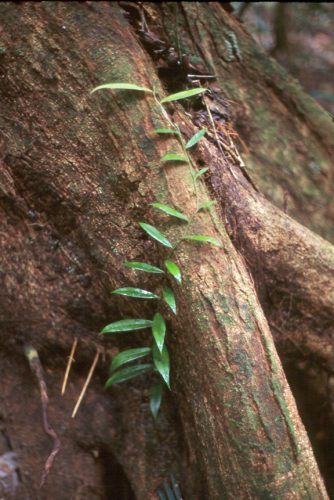
Nibbi
Nibbi is a hemi-epiphytic plant. This means that they attach themselves to trees but are rooted in the ground by aerial roots.

Nibbi is a hemi-epiphytic plant. This means that they attach themselves to trees but are rooted in the ground by aerial roots.
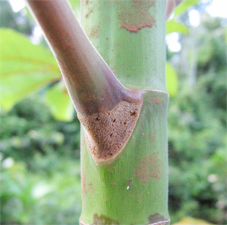
The Congo Pump is known as a pioneer or secondary species which means it is opportunistic and when large clearings are made in the forest it establishes itself and colonises.
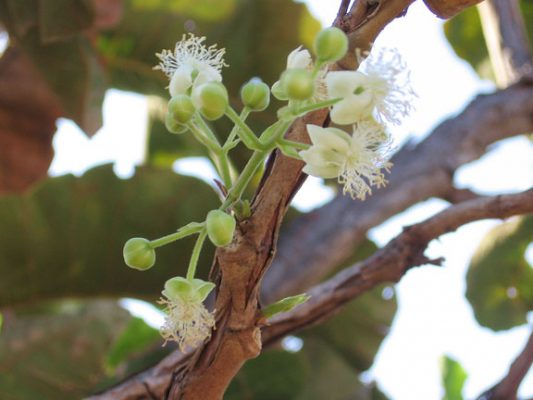
This species is the most ubiquitous tree or shrub of the New World savanna biome.

Bulletwood belongs to the Sapodilla plant family (Sapotaceae) and is the source of balata gum, the coagulated latex of the tree.
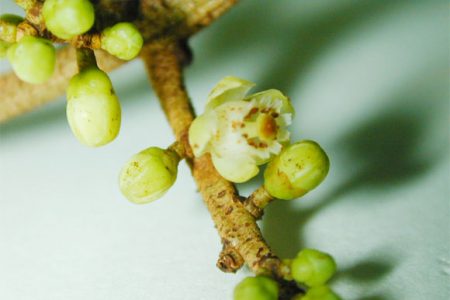
Crabwood is a common component of season-ally inundated forests along streams and upland lateritic hills in Guyana.
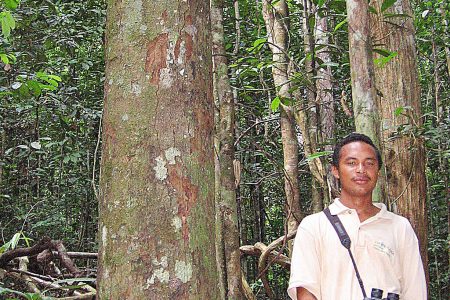
Soft Wallaba or Wallaba is a canopy tree and seems to have a preference for extreme soil types – from very hydromorphic soils to dry soils.
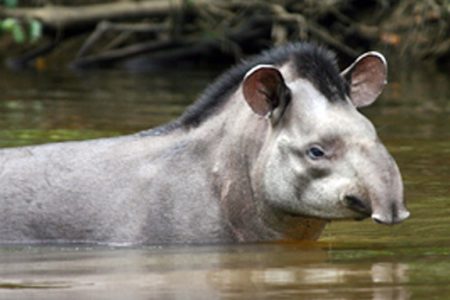
The Brazilian Lowland Tapir (Tapirus terrestris) lives only in South America.
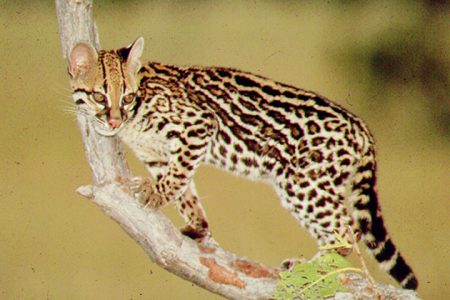
The Margay (Leoparduswiedii), like its cousin the Oncilla, is a rare and elusive small spotted cat that lives in the remote parts of the rainforest.
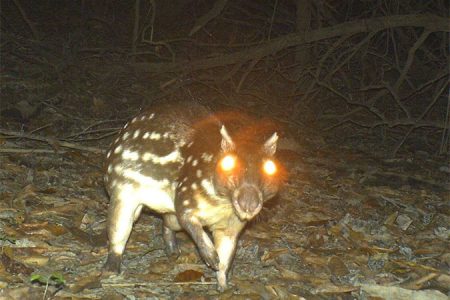
Labba (Cuniculuspaca), Paca or Urana in Makushi – no matter the appellation, most Guyanese recognize the name of this animal and associate it with a tender, succulent meat dish!
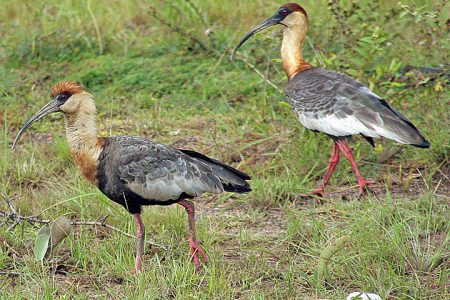
The Buff-necked Ibis (Theristicus caudatus) is a large, handsome bird which can be regularly seen in the North Rupununi savannahs, especially at Bina Hill, perched on the thatched roofs, and around the Rock View airstrip foraging in the savannah.
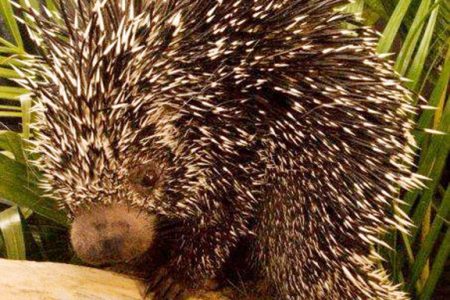
The Brazilian Porcupine (Coendou prehensilis) or Porcupine is a spiny, arboreal, nocturnal creature and in the North Rupununi has been noted for having a preference for palm forests.
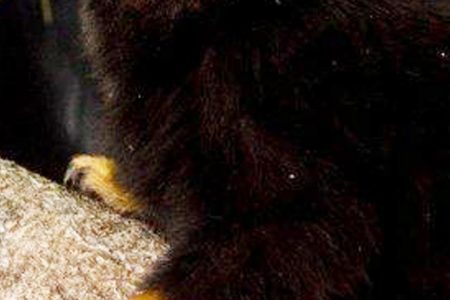
The Golden-handed Tamarin (Saguinus midas), also known as Midas Tamarin and Red-handed Tamarin can be seen along farm edges in the North Rupununi, but interestingly enough does not exist in the Iwokrama Rain Forest.
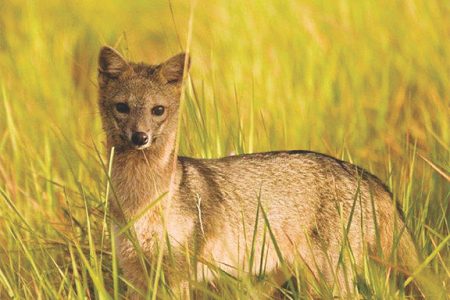
The Crab Eating Fox (Cerdocyonthous) or Savannah Fox is the only fox that exists in Guyana.
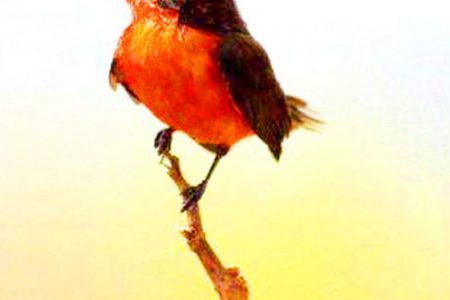
The Vermilion Flycatcher (Pyrocephalus rubinus) is tiny but aptly named and can be seen sitting and marking its territory in open savannah areas of the North Rupununi.
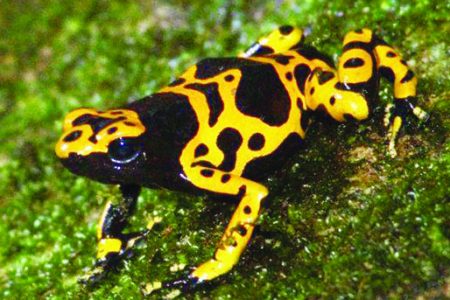
The Yellow Banded Poison Dart Frog (Dendrobates leucomelas) is the largest of the Dendrobatid frogs and has been seen in the Burro Burro river of Surama and the Clarence Mountain Trail in Aranaputa.
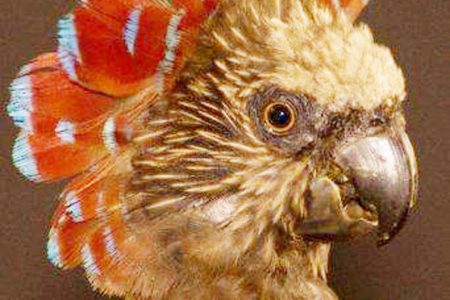
The Red-fan Parrot (Deroptyus accipitrinus) is also known as the Hawk-headed Parrot and it can be seen in the Iwokrama River Lodge when fruiting trees are bearing.
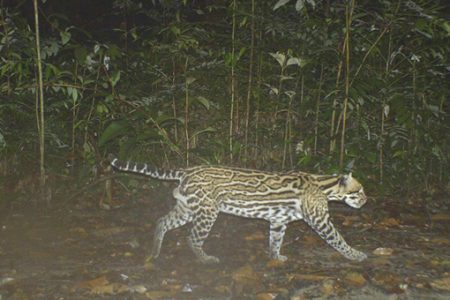
The Ocelot (Leoparduspardalis) is an often-seen, spotted, midsized cat, weighing up to 11 kg.

With golden eyes and a tawny, golden colour the Puma (Puma concolor), is a long legged, rangy cat which ranges from North America to the tip of South America and exists at elevations up to 4,500 m, hence the name “mountain lion.”
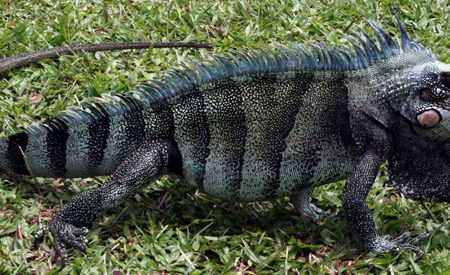
The Common Iguana (Iguana iguana) or ‘Guana,’ is a large green lizard that grows up to 1.8 m, with a cylindrical body and a high spiky crest of scales running the length of the spine.

Rain forests are rich in biodiversity and are home to many different plants and animals as well as indigenous communities.
The ePaper edition, on the Web & in stores for Android, iPhone & iPad.
Included free with your web subscription. Learn more.